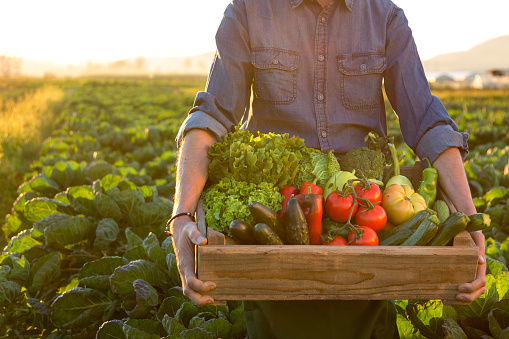- Your cart is empty
- Continue shopping
The Ultimate Guide to Growing Vegetables for Beginners
-
Stockman
- Posted on
- Categories:Uncategorized
- 0 comments

Introduction: Why Grow Vegetables?
Vegetables are an important part of a healthy diet. They provide nutrients that the body needs to function, including vitamins, minerals and fiber. Vegetables also provide a variety of health benefits, including weight management, cancer prevention and management of diabetes.
In order to enjoy the benefits of vegetables and their nutritional value, it is recommended that people eat a minimum of five servings per day. This can be difficult to achieve without growing your own vegetables in your backyard or on your balcony. If you have limited space or don’t have time to grow your own vegetables then there are other options available including buying them from the store or growing them in containers such as vertical farms.
How to Choose the Right Vegetable Variety for Your Garden
Container Gardening Tips and Tricks for Beginners
Container gardening is a great way to start gardening in your backyard. It doesn’t require any tools or large spaces and it’s easy to maintain.
If you want to start container gardening, there are a few things you should know before you get started. You’ll need containers, soil, plants, and water. The size of the container will depend on the type of plant and how much room it needs to grow.
The following tips will help beginners get started with container gardening:
– Use a potting mix with perlite or vermiculite for drainage – this will help prevent root rot
– Choose plants that are appropriate for your climate
– Keep your plants well watered – they need about 1 inch of water per week
– Keep your containers out of direct
Container gardening is a great way to start gardening in your backyard. It doesn’t require any tools or large spaces and it’s perfect for people who live in urban areas.
The first step is to find a container. You can use old pots, new pots, buckets, or anything else that can hold soil and water. The size of the pot will depend on the amount of plants you want to grow and how much space you have available outside. You should also make sure that the pot has drainage holes so that excess water can flow out of it.
Next, fill your container with soil. Container gardens need good quality soil because they don’t have as much space for nutrients as larger gardens do. You can use garden soil from your local nursery or compost from your kitchen scraps – just

